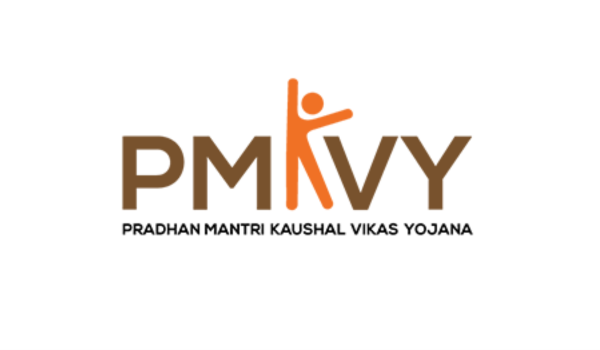



The Union Cabinet approved the RDI Scheme with ₹1 lakh Crore to boost private sector research and innovation. It provides long-term, low-interest financing for R&D in sunrise and strategic sectors, aiming for self-reliance and global competitiveness. It features a two-tiered funding mechanism through a Special Purpose Fund and second-level managers.

Copyright infringement not intended
Picture Courtesy: BUSINESS-STANDARD
The Union Cabinet approved the Research Development and Innovation (RDI) Scheme.
It is a new initiative to boost research and innovation in India, especially by encouraging private companies.
The Union Cabinet, led by the Prime Minister, allocated Rs 1 lakh crore for this scheme.
|
Why does India need this RDI Scheme? India's spending on research and development (R&D) has been quite low, about 0.64% of its GDP, while countries like the US, China, and Israel spend much more, often over 2% or even 5%. In India, the government funds most of the R&D, while in advanced countries, private companies contribute over 50%. |
Encourages private companies to increase their research, development, and innovation efforts. This focuses on "sunrise sectors" (new, high-growth industries) and other areas crucial for India's economic security and self-reliance.
Supports transformative projects that are already quite developed (at higher "Technology Readiness Levels" or TRLs), meaning they are closer to becoming useful products.
Helps India to buy important or strategic technologies from outside.
Create a special "Deep-Tech Fund of Funds", to support startups and companies working on advanced technologies.
Anusandhan National Research Foundation (ANRF) is the main body overseeing the scheme. The ANRF Act of 2023 established it, which replaced the older Science and Engineering Research Board (SERB).
Governing Board => The Prime Minister chairs this board. It provides the overall strategic direction for the RDI Scheme.
Executive Council (EC) => Approves the scheme's detail rules, suggests who should manage the funds at the next level, and defines what kinds of projects in sunrise sectors can get funding.
Empowered Group of Secretaries (EGoS) => Led by the Cabinet Secretary, this powerful group approves major changes to the scheme, decides on specific sectors and project types, and reviews how the scheme performs.
The Department of Science and Technology (DST) serves as the main government department responsible for putting the RDI Scheme into action.
First Level: Special Purpose Fund (SPF) => The ANRF creates a Special Purpose Fund. This fund holds ₹1 lakh crore. The government provides this money to the ANRF as a 50-year interest-free loan.
Second Level: Fund Managers => The SPF then provides funds to different "second-level fund managers." These managers can be Alternative Investment Funds (AIFs), Non-Banking Financial Companies (NBFCs), or other organizations. They are the ones who directly provide funds to R&D projects.
Must Read Articles:
Board of National Research Foundation
Anusandhan National Research Foundation Bill 2023
Source:
|
PRACTICE QUESTION Q. Discuss the challenges in translating laboratory research into marketable products and services in India. What mechanisms are needed to bridge this gap? 150 words |









© 2026 iasgyan. All right reserved